The Hubble Space Telescope is 20 years old on Saturday and, to mark this anniversary, all the world’s space and astronomy fans have a chance to become part of the Hubble team.
As part of the birthday celebrations NASA’s Space Telescope Science Institute and the online astronomy project Galaxy Zoo are making some 200,000 Hubble images of galaxies available to the public at Galaxy Zoo (www.galaxyzoo.org). They hope that volunteers looking for their own favorite galaxies will join forces to give the venerable telescope a present – classifications of each galaxy which will help astronomers understand how the Universe we see around us formed.
But there’s more to it than that; remember Hanny and the Voorwerp? The Green Peas? Mitch’s mysterious star? For every unexpected Galaxy Zoo discovery there are likely a dozen Hubble Zoo ones.
“The large surveys that Hubble has completed allow us to trace the Universe’s evolution better than ever before,” said University of Nottingham astronomer and Galaxy Zoo team member Dr. Steven Bamford. “The vast majority of these galaxies will never have been viewed by anyone, and yet we need human intuition to make the most of what they are telling us”.
More than 250,000 people have already contributed to Galaxy Zoo since its launch in 2007, but so far they have been looking only at the ‘local’ Universe, up to a hundred million or so light-years away. The galaxies in HubbleZoo are from some of the big surveys, such as GOODS, and the images were processed by the Galaxy Zoo team alongside Roger Griffith at JPL and the Space Telescope Science Institute (see this article, from my Universe Today series on the Hubble, for more details on GOODS).
“Hubble will enable us to look back in time, to the era when many of the galaxies we see today were forming,” said Dr. Chris Lintott of Oxford University, Galaxy Zoo principal investigator. “As a kid I always wanted a time machine for my birthday, but this is the next best thing!”
“We never dreamt that people would find so many fascinating objects in the original Galaxy Zoo,” said Yale University astronomer Dr. Kevin Schawinski. “Who knows what’s hiding in the Hubble images?” Lintott added: “As we recovered from the launch of the original Galaxy Zoo, we knew we’d want to have a look at Hubble. Now we realize the images are better and the galaxies weirder than we ever thought they would be.”
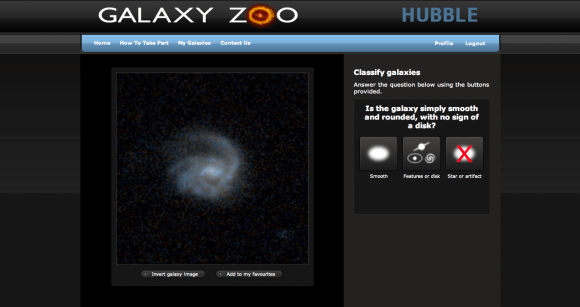
And how will you, dear zooite-to-be, contribute, and find a hidden gem among the Hubble galaxies? Once you log in, you will asked to answer simple questions about what you are seeing, for example, identifying the number of spiral arms visible, or spotting galaxies in the process of merging. And if you spot something odd, you can bring it to the attention of other zooites, and the Zoo astronomers.
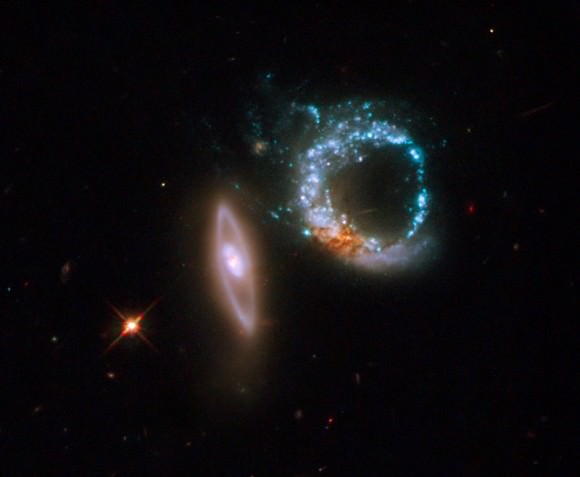
“Every galaxy is special in its own way,” said Stuart Lynn of Oxford University, Galaxy Zoo team member, “but some are worthy of individual attention. Anyone combing through the data using our site could make a spectacular discovery, and that would be the best birthday present of all.”
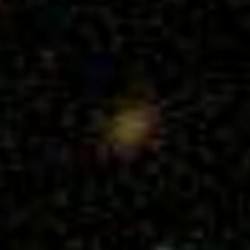
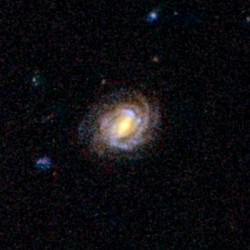
Sources: NASA, HubbleSite, Oxford University, Galaxy Zoo Forum The two images above, of a galaxy called SDSS J100213.52+020645.9, highlight the sharpness and depth of the Hubble’s images (the SDSS telescope and the Hubble have primary mirrors of approximately the same diameter).

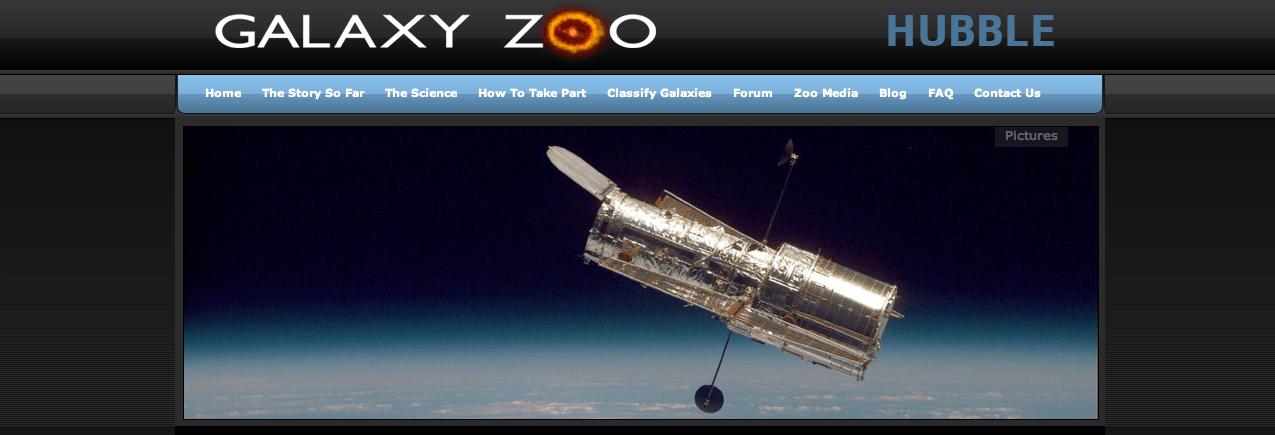
I’ve just come back from the Galaxy Zoo — Hubble — website after receiving an e-mail from them the other day inviting me over to check out the new images. Not only did I “spot something odd” a few times over there, but I also spotted a couple of odd things here at the seventh paragraph:
Those two should be: than, not “then”; thought, not “though”. 🙂
Um… I’ll get my coat and see myself out…
I went on, not having been for a while and things have taken a very interesting turn, I suggest you all get on over there, I’ve not seen galaxies like this before.